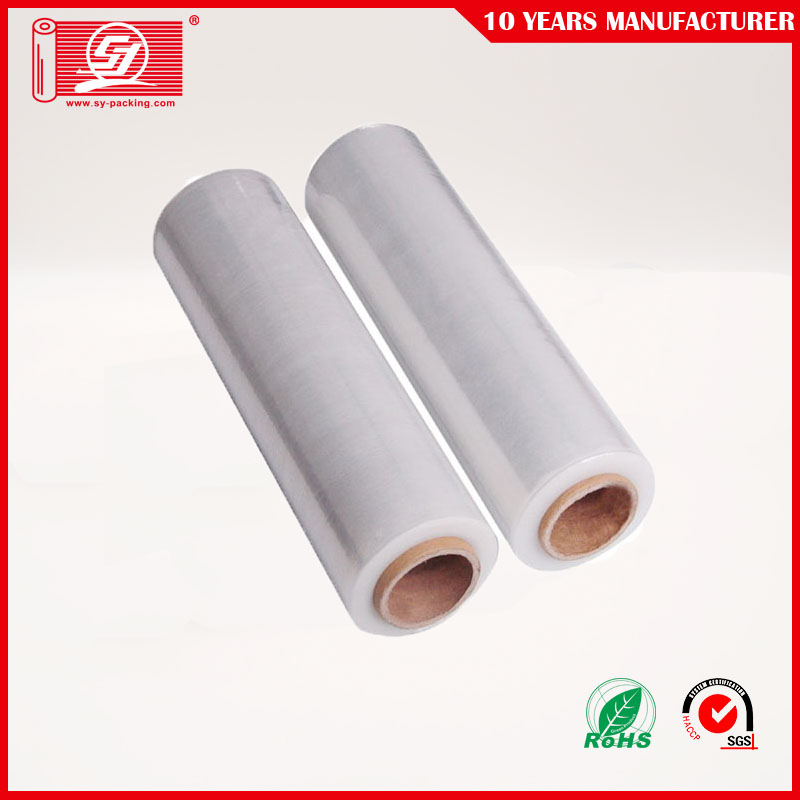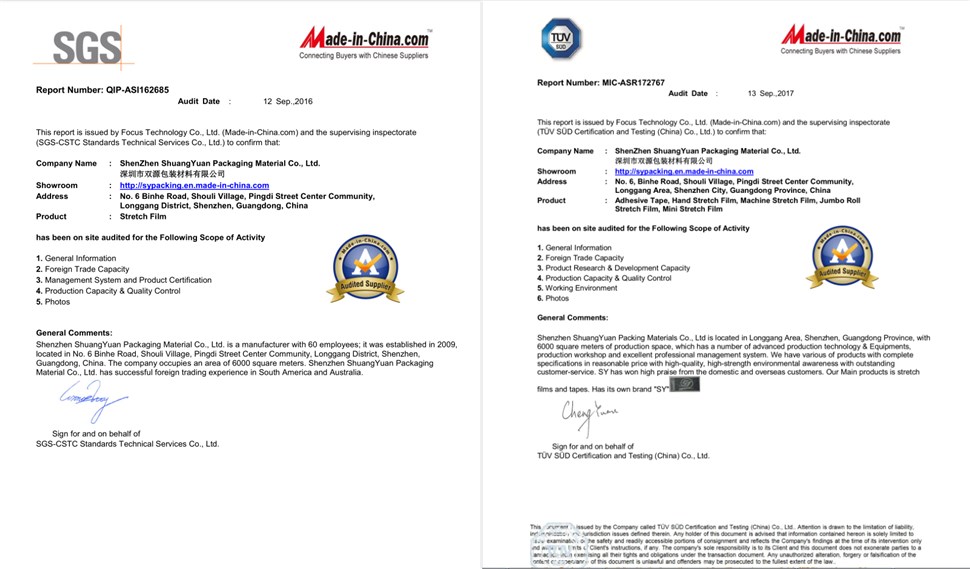As we all know, modern mountaineering originated in the 18th century in the western Alps of Europe, so modern mountaineering is also known as the "Alpine movement." This article focuses on the origin of the Capsule style climbing method. Before describing this way of climbing, it is necessary to trace its roots from the historical process.
The mid-18th century to the middle of the 19th century: From the origin to the development of modern mountaineering, in 1865 the peak of the last 4,000m above the Alps was summited. Since then, mountaineering began to develop into more technically advanced mountaineering.
The mid-19th century - the mid-20th century: This period was known as the "golden age of the Alps." Because of the development of technical mountaineering and the improvement of mountaineering equipment, many peaks that were considered unreachable at the time were successfully climbed. One of the prominent signs is that "the three largest northern European walls" were conquered.
After the advancement of mountaineering technology and the development of science and technology after the 20th century, European hikers focused their attention on the Himalayas. When they climbed the way to the Alps to climb the Himalayas, they were hit hard. In the 20s and 30s, there were 7 climbs on the northern slope of Mount Qomolangma, and the highest height had reached 8,500 meters, but they all ended up failing. But wise humans have summed up the experience of failure and found an effective way to ascend the peaks of the Himalayas, that is, adopt a "step by step" strategy. In 1950, human beings climbed to the top of the world's 10th summit - Anna Purnaar. At this point, the mountaineering movement entered the "Himalaya Golden Age," accompanied by the "Himalaya style" climb in the Himalayan Golden Age. There are two signs that the “Himalaya Golden Age†has reached the top: 1. From the climbing process, the Chinese mountaineering team peaked in 1964, “Shishabangmaâ€. At this time, 14 peaks above 8000 meters in the world were all reached by human beings. . 2. From the form of climbing, the Rupal route of Nanjia Parbat and the west wall route of Makalu successfully climbed in Himalayan style. At this time also formed a mature way of climbing: Himalaya climbing.
The Alps has a long history of climbing, but it did not become a landmark climbing method until the 1970s, and it became the goal of many climbers throughout their lives. In the late 1970s and early 1980s, the Himalayas ushered in the second golden age. Its outstanding features are: Trying to use the alpine way to climb the Himalayas. The sign was that in 1982 Alex Maclntyre, Roger Baxter-Jones and Doug Scott used three days to complete the climb of the southwest wall of the Heshat Bungma. Since then more climbers want to use the alpine way to climb the Himalayas. Because the prevailing view of the European mountaineering community at that time was that the alpine climbing was closer to the spiritual nature of modern mountaineering and had no impact on the environment.
But all the climbs are not as smooth as the 1982 iconic climb, and the Himalayas and the Alps are vastly different. The thinness of oxygen is one of the biggest differences between the two. Therefore, pure alpine climbing in the Himalayas did not achieve complete victory, and some peaks could not be used for pure alpine climbing because the danger was often without reason. If safety, environmental protection, and the summit are the goals of these climbers, alpine or Himalayas are all tactics. The use of alpine style in the Himalayas does not guarantee maximum security, but Himalayas It is impossible to maximize the protection of environmental protection and the huge waste of resources. Then another strategy is ready: this is Capsule style. It maximizes safety, environmental protection, and summiting. (Note: 1. "Capsule" Oxford Advanced English-Chinese Dictionary (Fourth Edition) 1. Capsule 2. Capsule 3. Space Capsule
A simple analogy to this approach is like a seed that wants to be finally bred to fruition, and it will go through several difficult periods of growth. During these difficult times, we will take care of it carefully, take good care of it, and let it be done in difficult times. Freedom to grow will ultimately be fruitful. Alpine-style climbing a route, using Himalayas climbing in difficult climbing areas, and changing to alpine styles after passing through difficult areas. This is the Capsule style. In some domestic articles, it is translated as a "space capsule" climb. I tend to translate it into a "film-style" climb. In 1976 Joy Tasker and Peter Bodman used this strategy to successfully climb the west wall of Changabang. It seems that this method has been called "Alaska style" in the West in recent years.
In order to make everyone more aware of the similarities and differences of these three climbing methods, we will list them again:
| Compare content | Alpine style | Himalayan | Alaska style |
| Suitable for altitude | Between 3000-6000 | 3000-8000 meters | 3000-8000 meters |
| Suitable for terrain | Steep | Flat, relatively steep | Flat, relatively steep, steep |
| Suitable for the route | Various routes are available | Not suitable for vertical and narrow technical routes | Various routes are available |
| Climbing time | short | long | Between the two |
| season | Not restricted by the climbing season | Only suitable for the climbing season | It is best to climb the season, but also to climb against the season. |
| the weather | Less affected by the weather | Affected by the weather | Affected by the weather |
| Environmental protection | Environmental protection | Not environmentally friendly | More environmentally friendly |
| Climbing personnel | Less, it may be single | More, clear division of labor | Small team |
| spend | less | many | Between the two |
| Food requirements | Basic self-sufficiency | A large number of food stocks | No need for large stocks |
| Camp construction | Do not set up a camp in advance | Pre-set camp | Pre-arrangement of campsites in difficult locations, the remaining road sections are not set in advance |
| Collaboration | Basically do not need to cooperate, rely on their own strength | Lots of use collaboration | Use collaboration but not much |
| Oxygen use | Can be used, but adored without oxygen, without pre-setting oxygen | Set oxygen in advance and use it heavily | Oxygen can be set in advance on difficult road sections |
| Road construction | No pre-construction | Pre-road construction | No road ahead, but on difficult roads, roads can be pre-built |
| Adaptive training | Not going back and forth between camps | Move back and forth between camps | Not going back and forth between camps |
| technical equipment | Use as little equipment as possible | Use as much equipment as possible | Use as little equipment as possible with conditions, but you can use a lot of equipment on difficult roads. |
| Communication equipment | Basically not used | Heavy use | Usually used |
| The core idea | Use the least equipment possible, use your own strength, and achieve the goal in the shortest possible time | As far as possible using various methods, relying on teamwork, effective leadership, and gradually progressing according to plan, and finally achieving the goal | A small team capable of self-management can accomplish the goal as quickly as possible while ensuring safety |
These three methods are sometimes more of a concept than a series of rules. The above table only allows you to understand the similarities and differences between the three, but not as a criterion for judging the way of climbing. Re-emphasize that there is no advantage or disadvantage in the way of climbing. Everyone has the right to choose their own suitable climbing style.
18"Stretch Film For Hand Wrap goods.5 layer stretch film by cast machine produce. LLDPE is our material and import from DOW or XOM.
the LLDPE trougth cast machine produce Stretch Film Jumbo Roll.
USA's customer like this width, such as 18"*1000ft*80ga


About us
Shenzhen shuangyuan packaging material CO., LTD. Was established in September 2009, and also has a registered company in Hong Kong.It is a company engaged in packaging material development and sales, mainly engaged in packaging products stretching film and adhesive tape.After many years of development, now has the scale, modernization, specialized packaging material production enterprises.The company has the right to import and export, the production products through the EU TUV, SGS and other environmental certification.Our products have been sold to more than 50 countries and have good reputation at home and abroad.Based on the principle of "customer first, quality is the principle", the company has established and improved a strict quality standard inspection system, and committed to production of environment-friendly, scientific and modern packaging materials.
18" Stretch Film
18" Stretch Film,18" LLDPE Wrap Film,18" Hand Stretch Film,18" Wide Stretch Film
SHENZHEN SHUANGYUAN PACKAGING MATERIAL CO., LTD. , https://www.sy-package.com